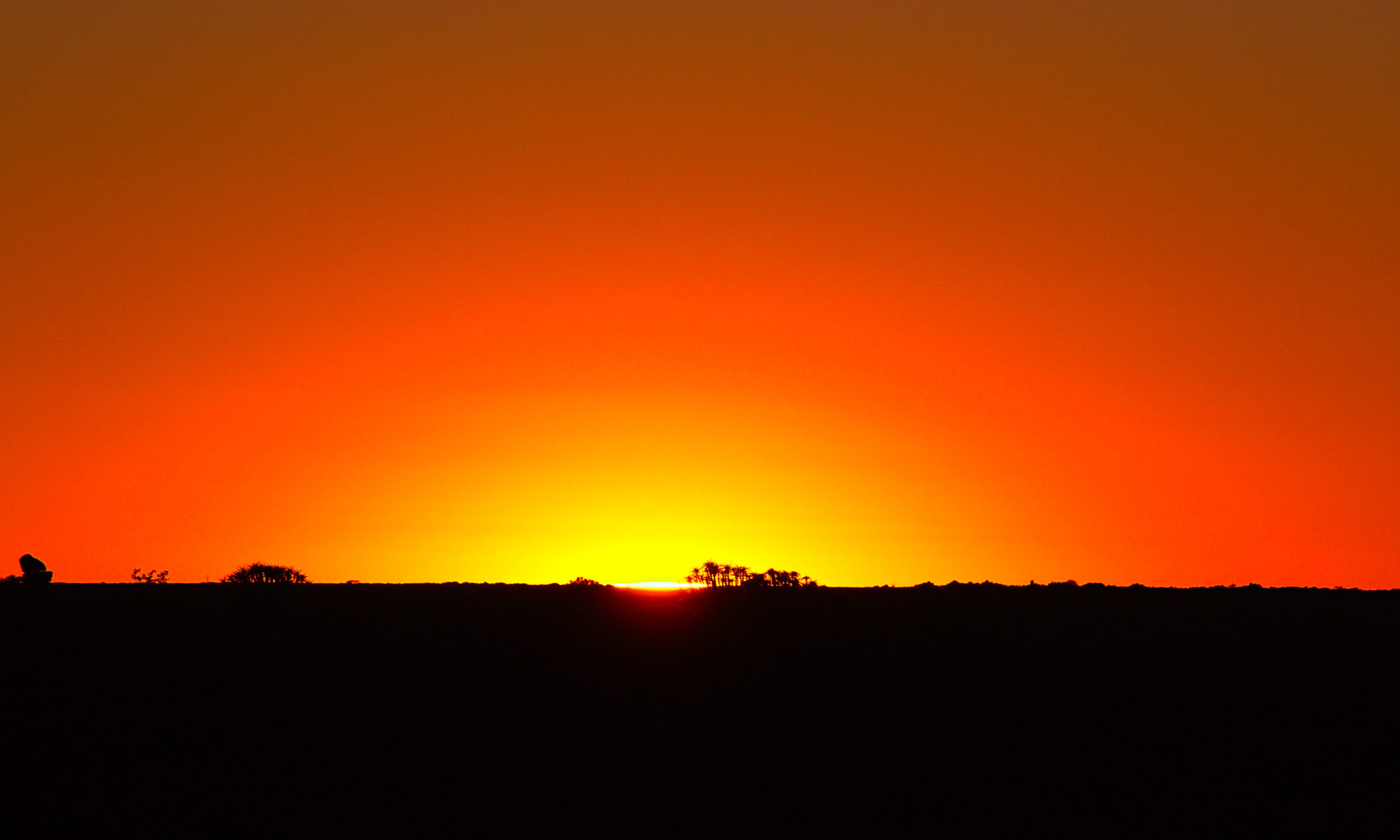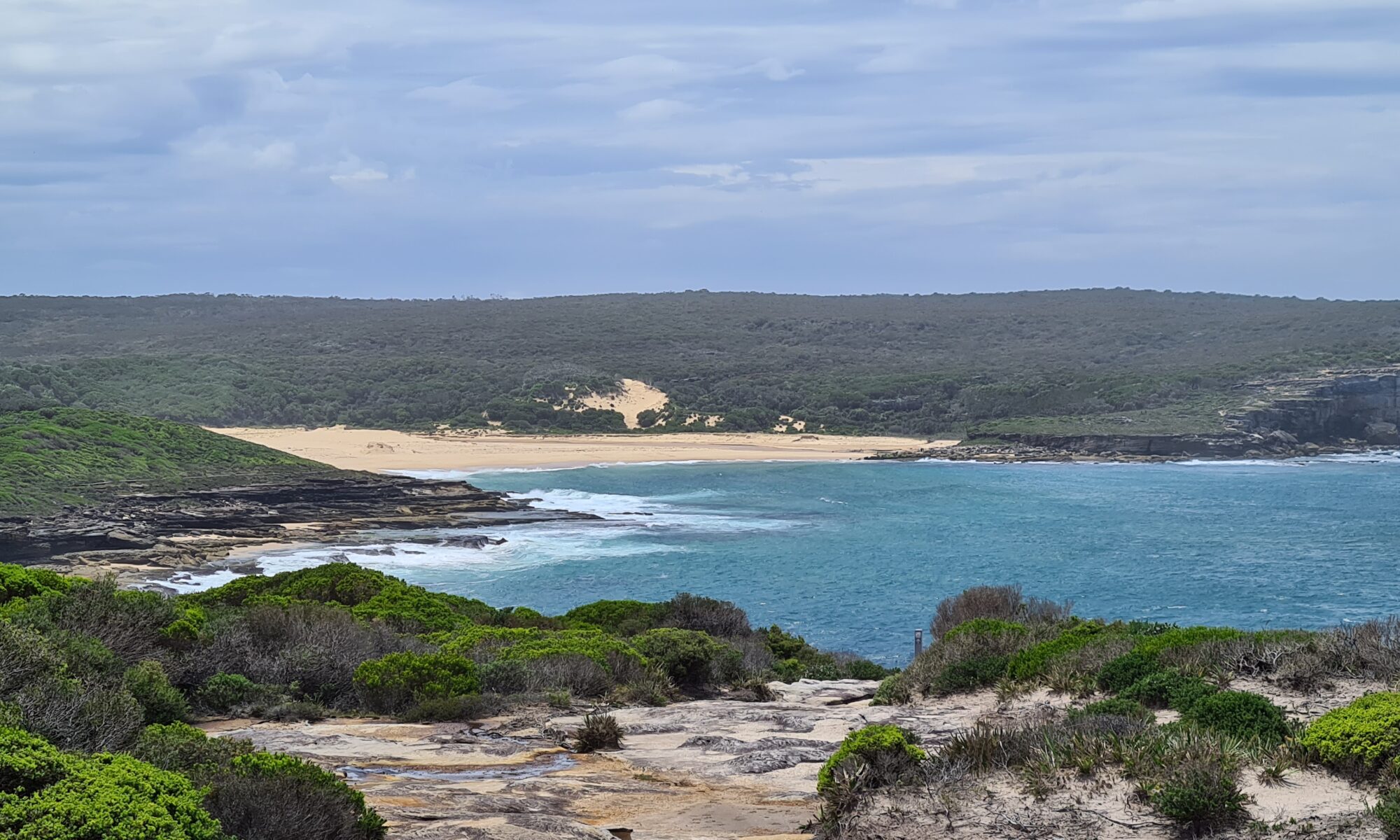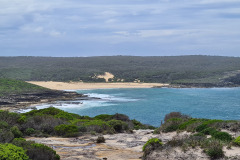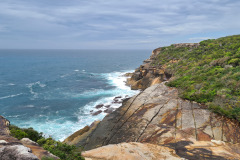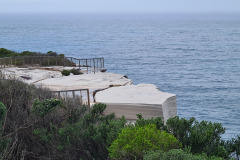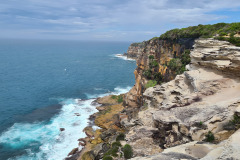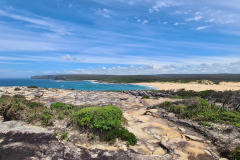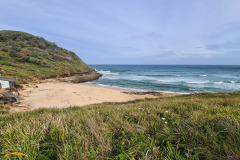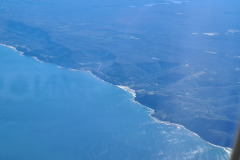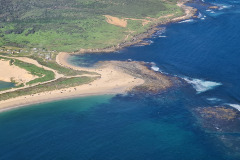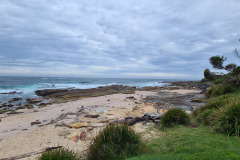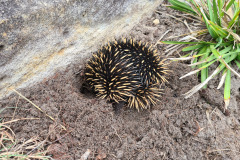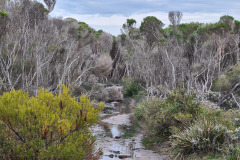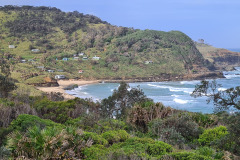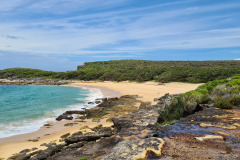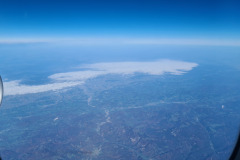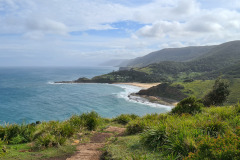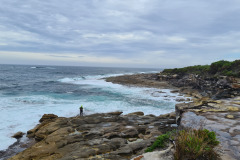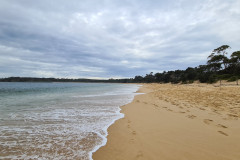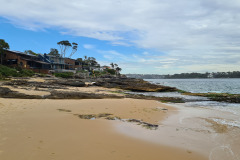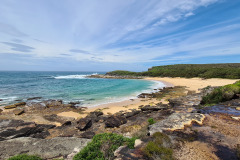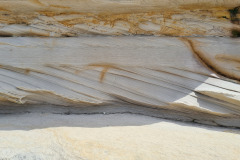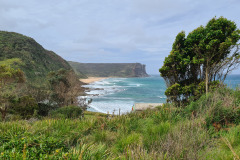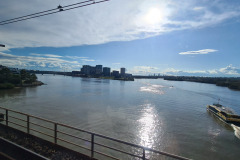The Royal National Park is a magnificent natural reserve located on the outskirts of Sydney, Australia. Established in 1879, it is the oldest national park in the country and one of the world’s oldest national parks. Spanning over 15,000 hectares, the park features a diverse range of landscapes, from lush rainforests to golden beaches, rugged cliffs, and scenic waterfalls. It is truly a nature lover’s paradise, with an abundance of flora and fauna that is unique to this part of the world.
The Royal National Park is situated on the southern outskirts of Sydney and is easily accessible by public transport or by car. The park is a popular destination for both locals and tourists, offering a wide range of activities and experiences for visitors of all ages. Whether you want to take a leisurely stroll along one of the many walking trails, explore the park’s stunning coastline, or immerse yourself in the natural beauty of the rainforest, there is something for everyone in the Royal National Park.
One of the most popular attractions in the park is the Figure Eight Pools. These natural pools are located on the park’s rugged coastline and are shaped like a figure-eight. Visitors can access the pools via a challenging hike, but the effort is worth it for the stunning views and the opportunity to take a dip in these unique pools. It’s important to note that swimming in the Figure Eight Pools can be dangerous, and visitors should always check the tides and conditions before attempting to enter the water.
Another popular attraction in the park is the Wedding Cake Rock. This striking rock formation gets its name from its layered appearance, which resembles a slice of a wedding cake. It is a popular spot for photography and is easily accessible via a short hike from the park’s entrance.
For those who love hiking, the Royal National Park has over 100 kilometres of walking tracks that wind through some of the park’s most beautiful landscapes. The popular Coast Track is a 26-kilometre trail that offers stunning views of the park’s coastline, as well as the opportunity to spot whales and dolphins during the migration season.
The Royal National Park is also home to an abundance of wildlife, including wallabies, kangaroos, echidnas, and a variety of bird species. The park’s rainforests are home to some of the country’s rarest and most endangered plant species, making it an important conservation area.
In addition to its natural beauty, the Royal National Park also has a rich cultural history. The park is home to several sites of significance to the local Dharawal people, who have lived in the area for thousands of years. Visitors can learn about the history and culture of the Dharawal people by taking a guided tour or visiting one of the park’s cultural heritage sites.
The Royal National Park is a must-visit destination for anyone travelling to Sydney or looking to explore the natural beauty of Australia. With its diverse landscapes, rich cultural history, and abundant wildlife, it’s no wonder that this park has been a popular destination for over 140 years.
History
The Royal National Park, located on the outskirts of Sydney, Australia, has a rich and fascinating history dating back to its establishment in 1879. As the oldest national park in Australia, and one of the oldest in the world, the Royal National Park has played an important role in the conservation of Australia’s natural heritage, as well as the development of the country’s tourism industry.
Prior to the establishment of the Royal National Park, the land was occupied by the Dharawal people, who had lived in the area for thousands of years. The Dharawal people had a deep connection to the land, and used its resources for hunting, fishing, and gathering. The park is still home to several sites of cultural significance to the Dharawal people, including rock art and ceremonial sites.
In the mid-1800s, the land that would become the Royal National Park was used for logging and farming. However, concerns about the destruction of the land and the impact on wildlife led to calls for the establishment of a national park. In 1879, the New South Wales government declared the area a national park, making it the first national park in Australia.
The Royal National Park was initially called the National Park, but was later renamed to honor the visit of Queen Victoria’s son, the Duke of Edinburgh, in 1889. The park quickly became a popular destination for Sydneysiders, who would take the train from the city to enjoy the natural beauty of the park.
Over the years, the Royal National Park has undergone several changes and improvements. In the early 1900s, several walking tracks were constructed, making it easier for visitors to explore the park. In the 1920s, the park’s first ranger was appointed, and camping facilities were built to accommodate overnight visitors.
During World War II, the Royal National Park was used as a training ground for soldiers, and several military installations were built in the park. After the war, the park returned to its role as a conservation area and popular tourist destination.
In recent years, the Royal National Park has faced several challenges, including wildfires, land development, and increased visitor numbers. Efforts have been made to manage these challenges, including the implementation of fire management plans and the development of sustainable tourism initiatives.
Today, the Royal National Park remains a beloved destination for locals and tourists alike. Its stunning natural landscapes, rich cultural history, and abundant wildlife make it a must-visit destination for anyone travelling to Sydney. As the oldest national park in Australia, the Royal National Park has a proud history of conservation and preservation, and will continue to play an important role in the protection of Australia’s natural heritage for generations to come.
Geology
The Royal National Park, located on the outskirts of Sydney, Australia, is home to a diverse range of geological formations that tell the story of the park’s fascinating geological history. From rugged cliffs and sandy beaches to lush rainforests and sparkling waterfalls, the Royal National Park’s geological features have been shaped by millions of years of geological activity.
The park is situated on the edge of the Sydney Basin, which is a sedimentary basin that formed over 300 million years ago. The basin was created when the supercontinent of Gondwana began to break apart, causing large amounts of sediment to be deposited in the area that is now the Sydney Basin. Over time, the sediment was compressed and transformed into the rock formations that we see in the Royal National Park today.
One of the most iconic geological features in the park is the sandstone cliffs that line the park’s coastline. These cliffs were formed over millions of years as sedimentary rocks were eroded and deposited along the shoreline. The sandstone cliffs are an important habitat for a variety of plant and animal species, and are also popular with rock climbers and hikers.
Another important geological feature in the park is the waterfall, which is formed by the erosion of rock by water. The Royal National Park is home to several stunning waterfalls, including the popular Karloo Pool waterfall, which is accessible via a short hike from the park’s entrance.
The park’s rainforests are also an important geological feature, as they are home to some of the oldest and most diverse plant species in Australia. These rainforests have been shaped by millions of years of geological activity, including volcanic eruptions and the movement of tectonic plates. Today, the park’s rainforests are an important conservation area, and efforts are being made to protect these unique ecosystems from human activity.
The Royal National Park’s geological history is also linked to the park’s cultural heritage. The Dharawal people, who have lived in the area for thousands of years, have a deep connection to the land and have developed a rich cultural heritage that is closely tied to the park’s geological features.
The geological history of the Royal National Park is a fascinating story that has been shaped by millions of years of geological activity. The park’s diverse range of geological features, from sandstone cliffs and waterfalls to rainforests and beaches, make it a unique and special place that is loved by visitors from all over the world. As efforts continue to protect and preserve the park’s natural heritage, the geological features of the Royal National Park will continue to tell the story of Australia’s rich geological history for generations to come.
